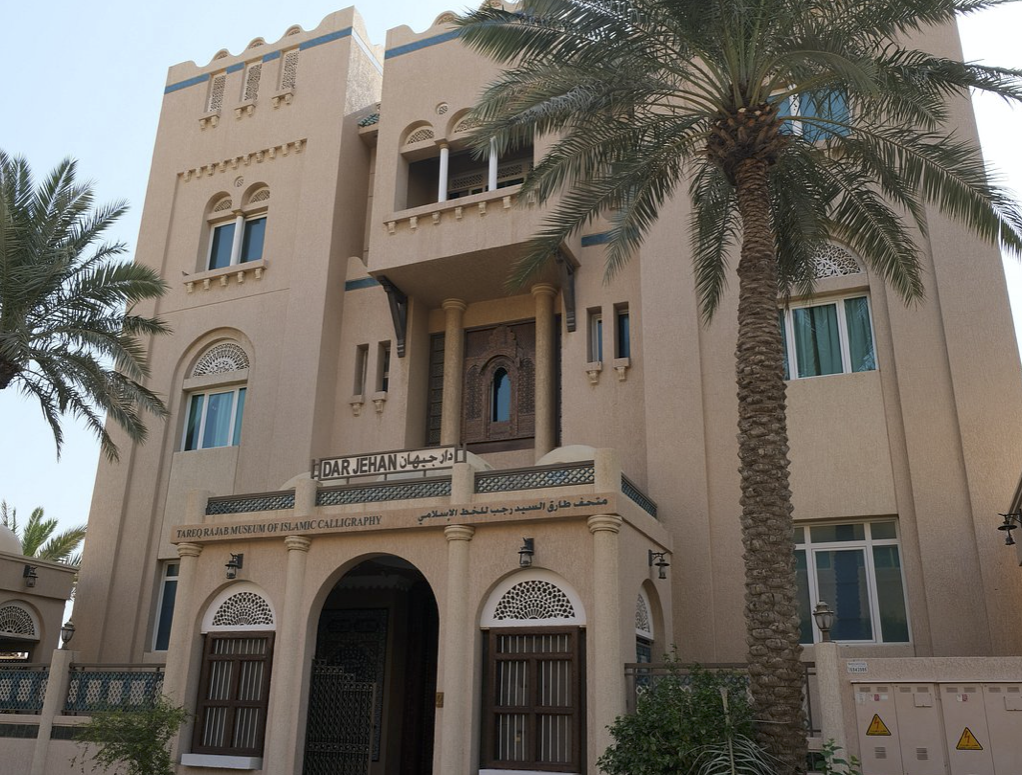The TRDP Docent Program promises to teach the students how to interact with human beings (terrifying) and train their pupil’s social skills, while simultaneously training their memory capability. Each Docent is assigned a room with their respective group, where they will then learn about different artefacts inside of the room. While the docents are in the museum with any sort of audience — adults, students, teachers — they will be asked to give a tour to anyone who’s looking for one.
The docents are friendly, and they’re quite chatty — they have genuine conversations with their tourists. The docents also are quite knowledgeable, and they can answer your questions on a specific part of an artefact, as well as give you background information on the same artefact.
Aside from the docents, the museum itself is packed full of a variety of different artefacts from all around the world. From old calligraphy tools from China to wooden balls from a burnt Mosque in Turkey, there’s bound to be something that will grab your attention.
For me, one of the first things that caught my attention was the charms, or necklaces, that people used to wear. These necklaces were made of amber, emerald, glass, and quartz. Some of these charms had Ayat from the Quran written on them, while others just had simple adhkar, like ‘Subhan Allah’ (Glorious is Allah), ‘Bismillah’ (In the name of Allah), or even just ‘Allah.’
Something else that caught my attention was the various symmetrical calligraphy pieces on the wall. One of the docents told me that most of the time, there is the word ‘Allah’ written on top, but that it would be the only word that isn’t symmetrical because there is only one Allah. That’s deep.
The same docent showed me a couple of different pots and plates that have Ayat of the Quran written on them. Apparently, people used to believe that these plates and pots would bless their foods. I wonder if it would taste any different.
Tombstones in good condition would be hard to get ahold of, as they were rare pieces and hard to find. There’s one tombstone in the museum that belonged to a brash and arrogant man.
There’s a room that contains many Holy Quran books, and the room shows off. It’s stayed mainly consistent throughout the centuries, but there are more preserved books belonging to people who wanted to show off, which is why they were made of gold and silver.
In conclusion, the museum has many valuable artefacts, each with its own unique backstory. The docents here are eager to teach you about different things relating to their assigned rooms. These rooms contain mildly interesting items that stick to a specific theme. In the middle of the museum, there are massive carpets hung on the wall that stretch from the roof of the building to the bottom, and the next time I go to the museum, I don’t doubt I’ll gain information from the docents about them.


